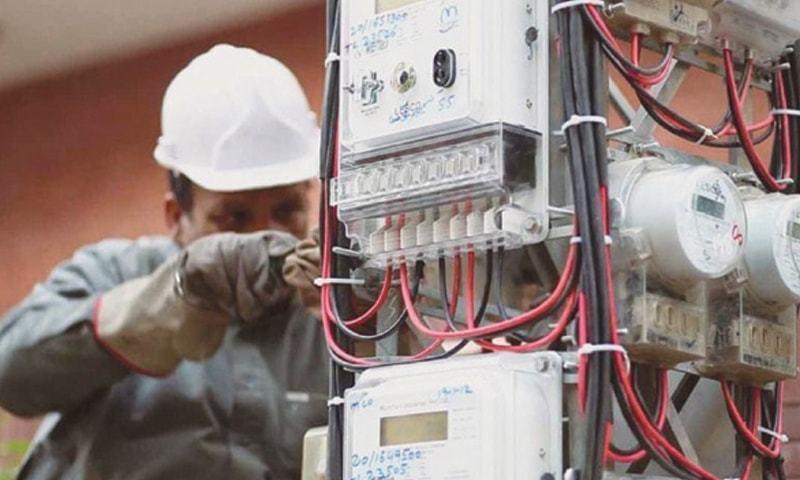The Budget is pegging capital spending growth of 24.5 per cent year on year in F23, which will push the ratio of Central government capital spending to GDP to an 18-year high of 2.9 per cent, Morgan Stanley said in a note.
“We expect F23 growth at 8.4%. In view of an improving growth trend, we expect the RBI to start policy normalization with a reverse repo rate hike in the February policy review, followed by repo rate hikes from the April policy review,” it said.
“We are looking at a new capex cycle and, hence, a new profit cycle and an exit from the RBI. That augurs well for our overweight sectors: Financials, Discretionary Consumption and Industrials. We remain underweight on exporters and defensives, including Technology, Healthcare, Energy and Materials,” Morgan Stanley said.
The Budget maintains a pro-growth bias with slightly looser-than-expected fiscal deficit targets. The government’s estimates for the fiscal deficit are higher than we expected at 6.9 per cent of GDP for F2022and 6.4 per cent of GDP for F2023.

Further, the budget highlights that states can run a deficit of 4 per cent of GDP in F23, of which 0.5 per cent of GDP will be tied to power sector reforms.
Three key takeaways from the Budget — Fiscal consolidation path slower than expected, Massive push for capex with focus on higher infra spending and Reasonable Budget assumptions, potential upside risks to revenue collections.














